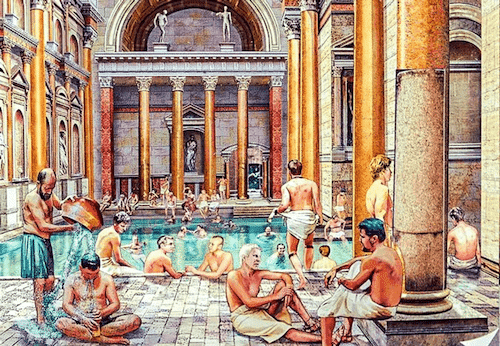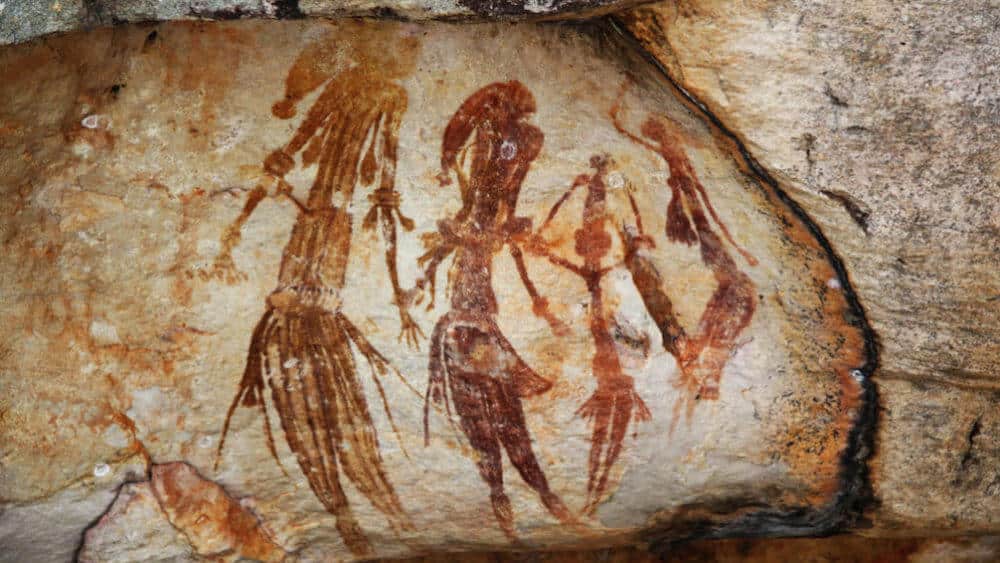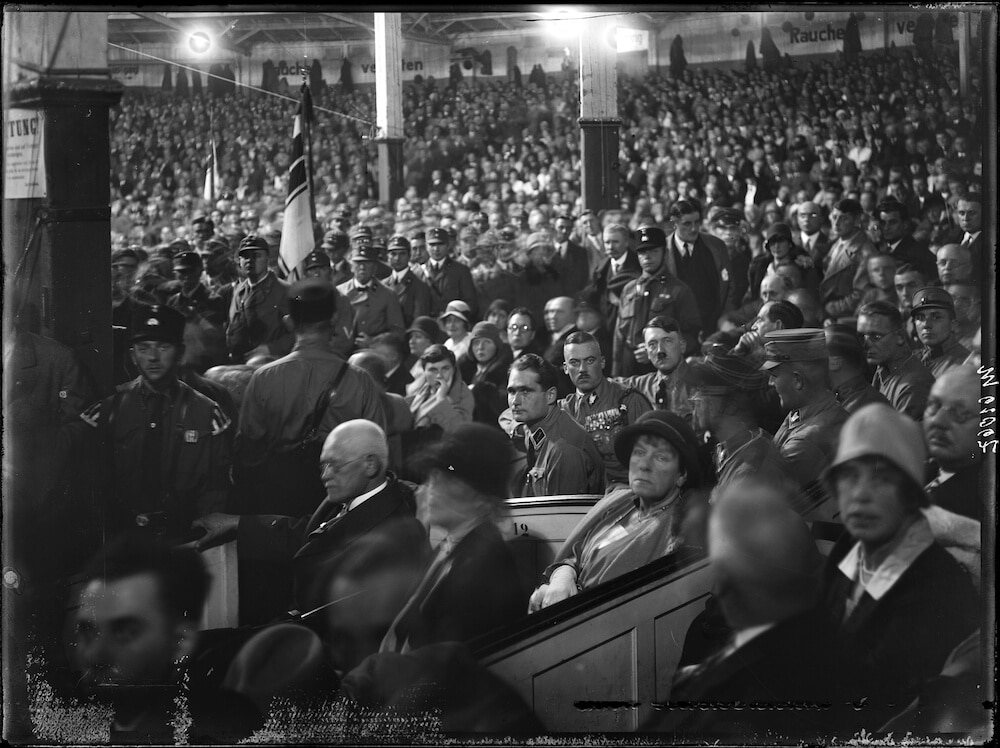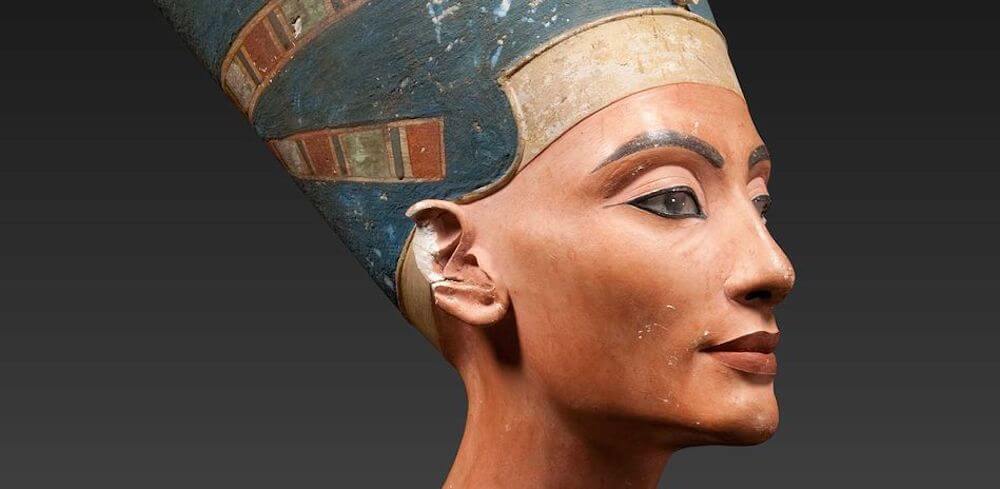Why do people like spicy food?
New Posts
How did Prohibition Change American Society?
In this article, we will explain Prohibition, when it started, and how long it lasted. We will discover how it changed American society and what new concepts it introduced.
What is so Special About Mona Lisa?
Imagine someone asking random people to name one famous painting. Their answer will likely be the Mona Lisa by Leonardo da Vinci. And it’s no wonder: in 2024, almost 9
Ancient Rome: A Guide to the Everyday Life of the Average
What was life like in the ancient city of Rome? How did the average person live? And what did they do in their day-to-day lives?
Nerdish Brings Bite-Sized Learning Straight to Your Phone!
Find the Micro-Learning App That Fits You Best!
Learn New Things Every Day Easily
Becoming human: when our distant ancestors invented art
The origins of art trace back over 70,000 years, with early Homo sapiens creating symbolic objects and intricate patterns.
How did Hitler rise to power?
Hitler's rise to power was fueled by post-WWI Germany's instability. He manipulated public anger, using fear, rhetoric, and alliances to seize control.
What do we know about Nefertiti?
Nefertiti, known for her beauty and powerful role as co-regent with Amenhotep IV, was central in Egypt's religious reform.
When Were Wristwatches Invented?
Wristwatches evolved from pocket watches in the late 19th century, becoming practical during wartime when soldiers needed hands-free timekeeping.
Ancient Greece: A brief guide to the history, culture and daily life
Ancient Greece, shaped by city-states like Athens and Sparta, is renowned for its contributions to democracy, philosophy, and culture.
When Did Coffee Become Popular? A Brief Coffee History
Coffee's popularity grew from its origins in Ethiopia, spreading to the Middle East, and later Europe. By the 17th century, it became integral to social
Why It's Important to Learn Something New Every Day?
The world around us is constantly changing. New information and knowledge are created every day, and it is quite difficult to keep up with such a vast amount of information. While no one can know more than Wikipedia, it doesn’t mean we shouldn’t enhance our knowledge and continually learn new things.
First of all, it’s important for your creativity. Learning new things helps to create a solid ground of concepts, ideas, and knowledge which can be used for creating new ideas.
The second important reason to be a life-long learner is brain training. Learning new things enhances cognitive functions. By constantly challenging your mind, you can improve your mental agility and delay the cognitive decline associated with aging.
The third reason is communication skills. Knowing some interesting facts and things is a good helper for small talks and casual conversations. Last but not least, exploring new things is just fun. Acquiring new skills and knowledge fosters a sense of accomplishment. This boosts your confidence and self-esteem, motivating you to tackle more challenges and continue your educational journey.
Nerdish apps are a great helper for you to achieve all those goals. With our apps, new things to learn can be totally varied – Science, History, Art, Classical Music, etc. Just choose the best learning app for you and dive into learning new things with ease and enjoyment.
11 ways to become smarter that work for us
The tips on how to get smarter from the members of the Nerdish team The overall obsession with smartness is pressing and frustrating. One would
Wondering “How Long Should I Read a Day?” Here is an answer.
There are not many pursuits that can overshadow the popularity of reading, and there is no wonder why. It improves intelligence, enlarges our mental horizons,
What are the learning skills and how to develop them
These days, expanding knowledge and skill base is more a requirement than a choice. Now it’s crucial to know how to learn and equip yourself
Ways to increase your knowledge about everything
General knowledge: why do we need that? More and more people bother about general knowledge improvement nowadays. Knowing more is a mandatory demand of modern










